Residential Gas Line Relocation Services
Relocating residential gas lines involves careful planning and precise execution to ensure safety and compliance. Proper relocation can accommodate remodeling, landscaping, or new construction projects.
Specialized services focus on safely relocating gas lines within residential properties to new locations as needed.
Re-piping involves replacing or rerouting existing gas lines to improve safety and functionality.
All relocations adhere to local codes and regulations, ensuring legal and safe installation.
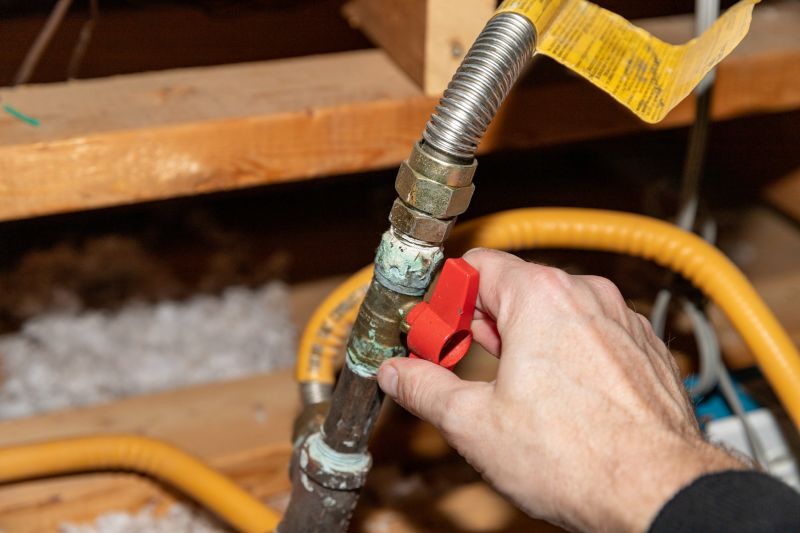
Installing new gas lines in residential settings.
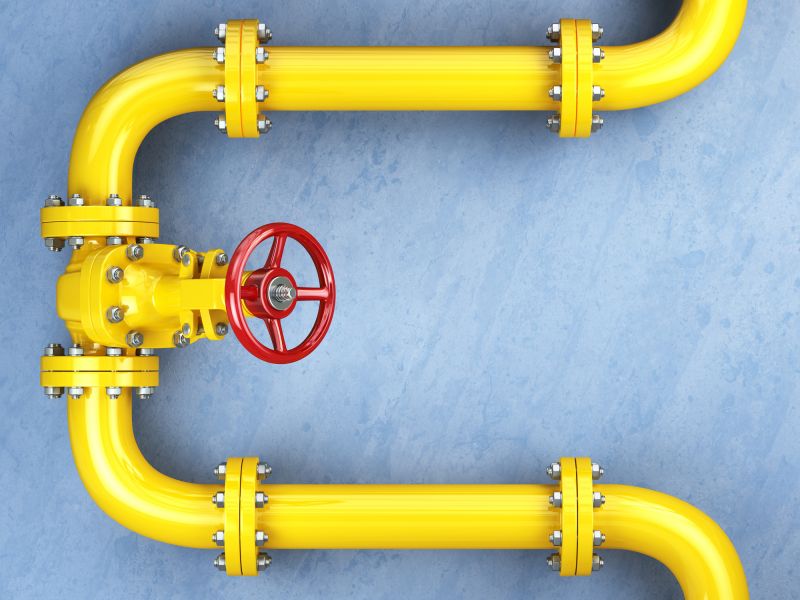
Team working on relocating gas lines.

Inspection of relocated gas lines.

Ways to make Gas Line Relocation work in tight or awkward layouts.

Popular materials for Gas Line Relocation and why they hold up over time.
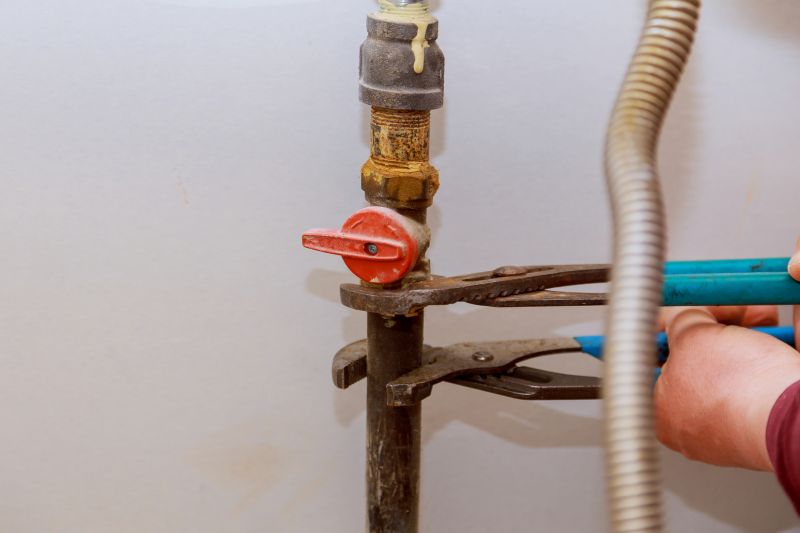
Simple add-ons that improve Gas Line Relocation without blowing the budget.
| Aspect | Details |
|---|---|
| Average Time for Relocation | Typically 1-3 days depending on scope |
| Preparation Required | Clear access to existing and new line routes |
| Permitting Process | Varies by locality, usually 1-2 weeks |
| Cost Factors | Length of line, complexity, and permits |
| Safety Considerations | Shut-off procedures and inspection |
The process of relocating a gas line begins with a thorough assessment of the existing infrastructure. The next step involves planning the new route, obtaining necessary permits, and scheduling the work. During installation, safety protocols are strictly followed, and inspections ensure compliance with standards.

Inspecting existing gas lines before relocation.
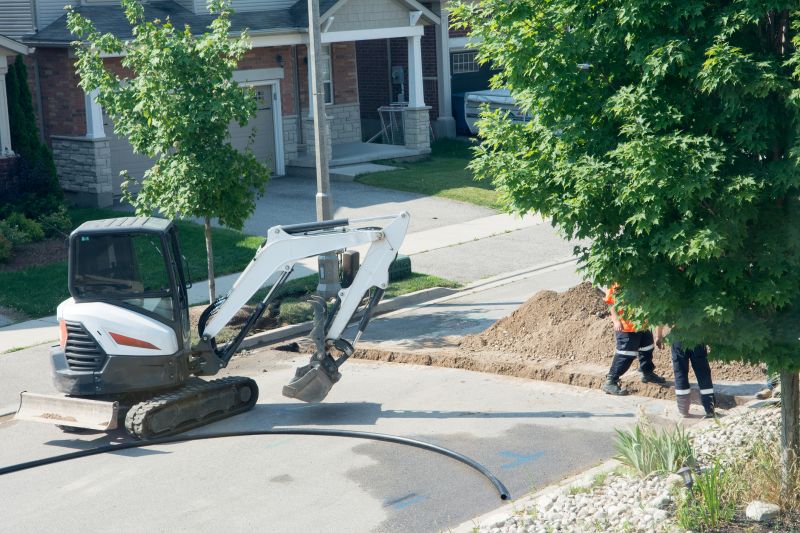
Excavating to access underground gas lines.
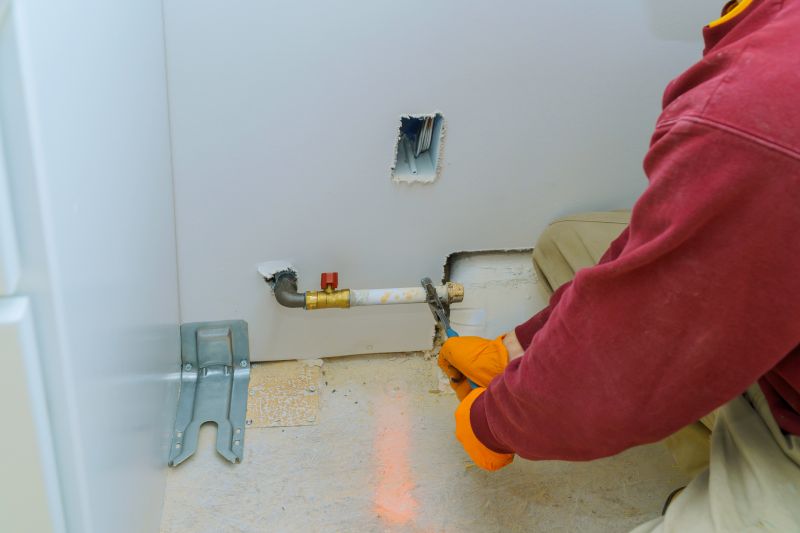
Planning and laying out the new gas line route.
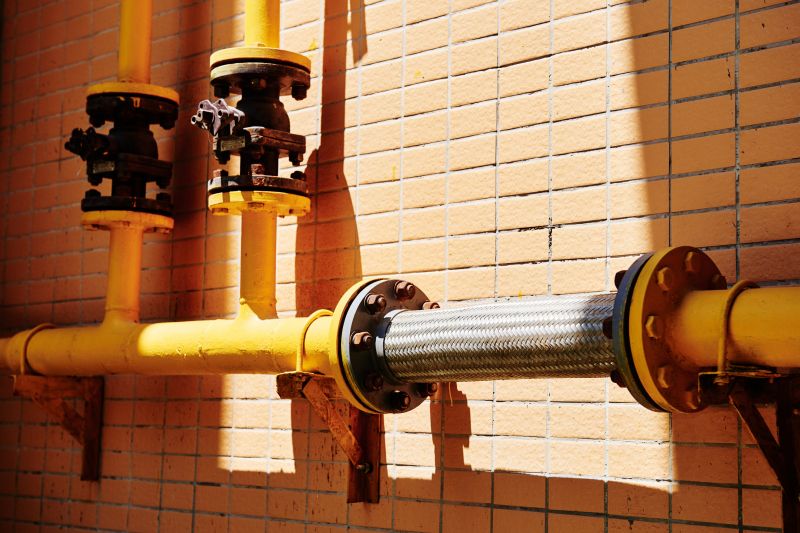
Connecting and testing the relocated line.
Relocating residential gas lines typically takes between one to three days, depending on the complexity and scope of the project. Proper planning and adherence to safety standards help ensure a smooth process.
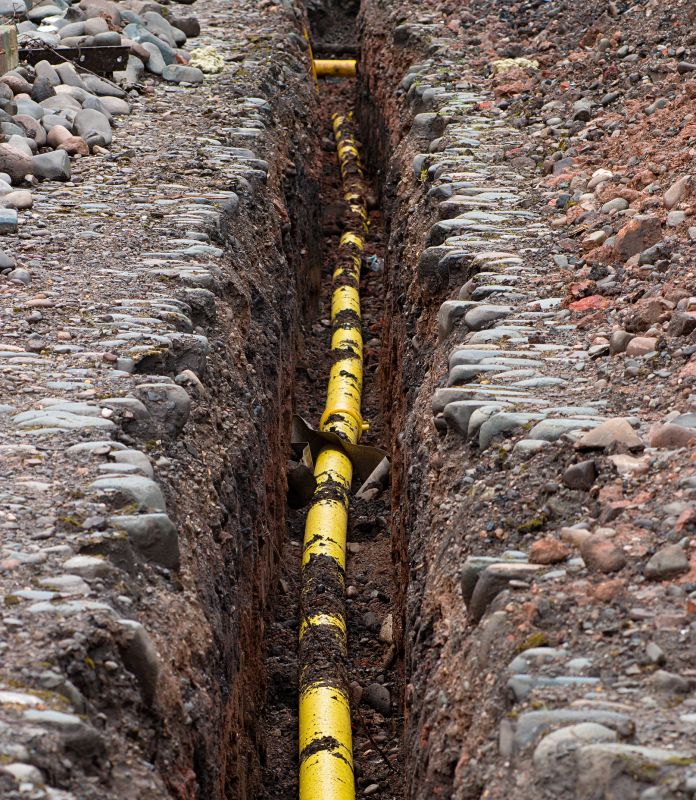
Preparing the site for gas line relocation.
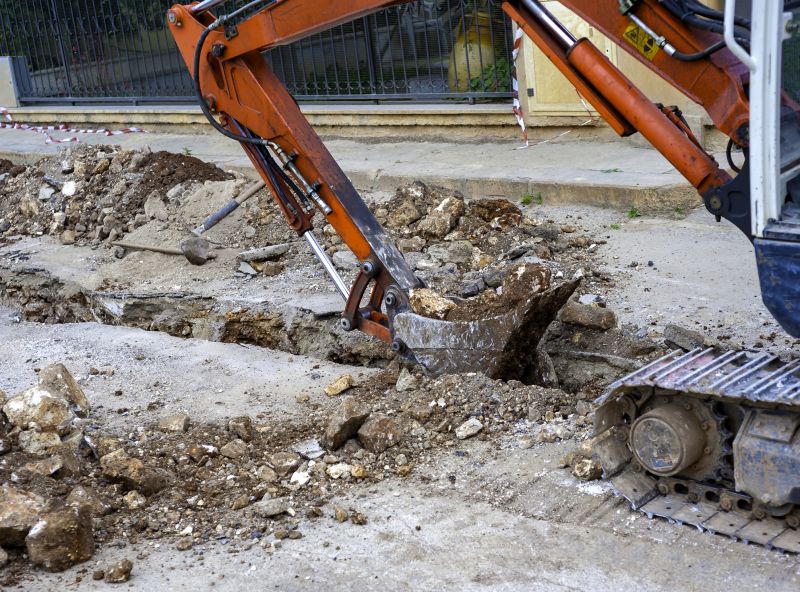
Excavating to access existing gas lines.

Routing new gas lines safely.

Ensuring safety and compliance.
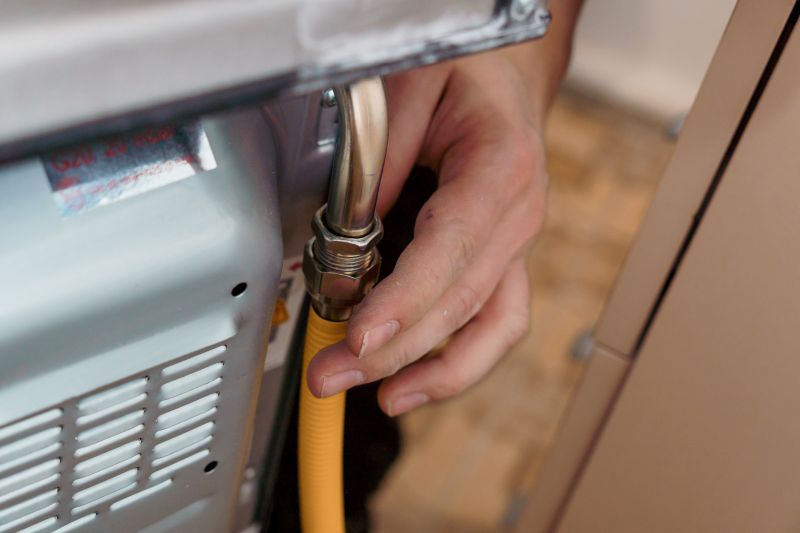
Restoring the worksite after installation.
For residential gas line relocation projects, it is recommended to contact professionals to assess the specific needs and provide a detailed quote. Proper planning and execution are essential for safety and long-term reliability.
